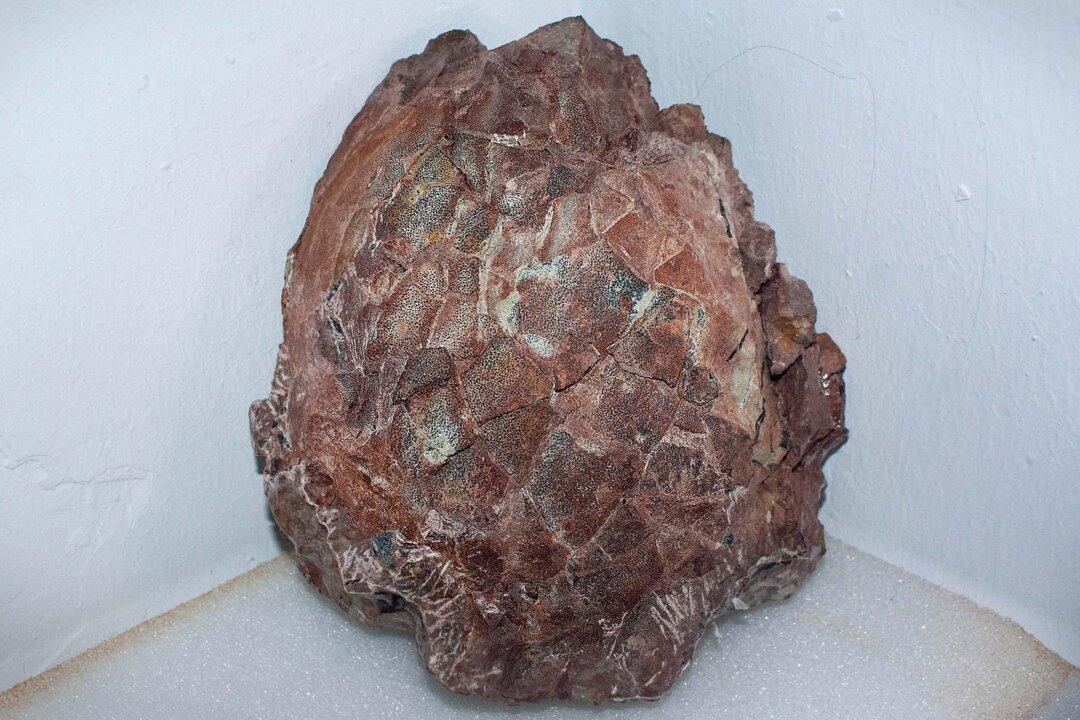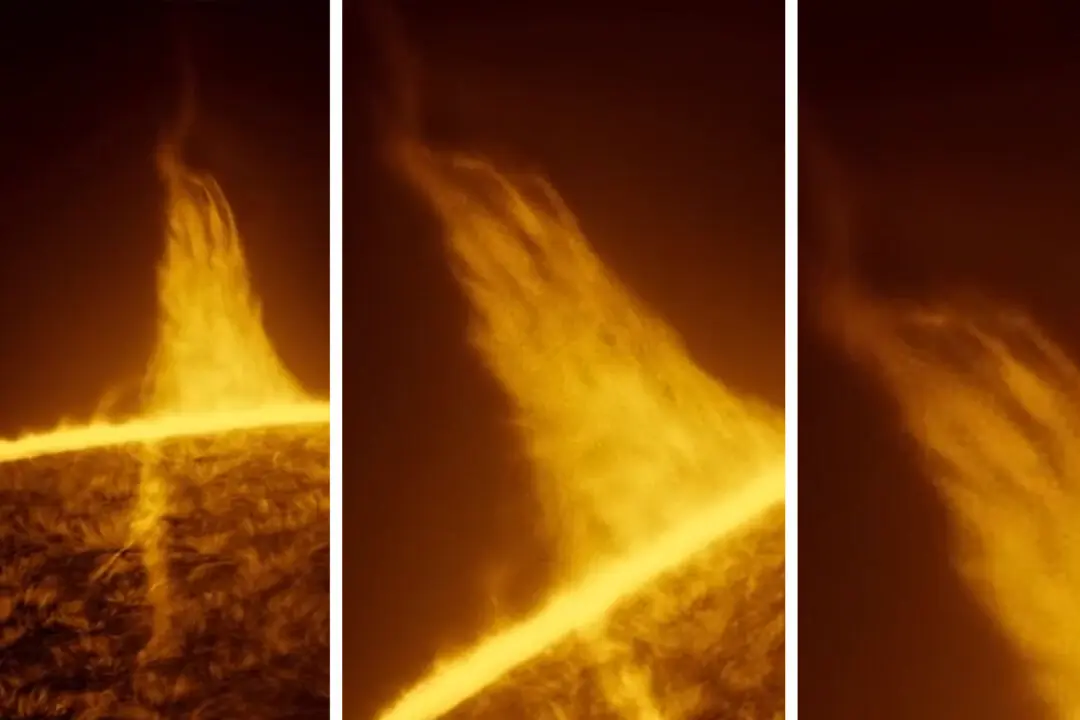A team of paleontologists last fall completed the extraction of two dinosaur nests containing some 30 fossilized titanosaur eggs at a site in Loarre, in northern Spain—the continuation of an earlier 2020 campaign.
The fossil gathering project was led by the Aragosaurus-IUCA Group of the University of Zaragoza and the Portuguese NOVA University Lisbon, with 25 paleontologist and student participants from Spanish, Portuguese, and German institutions.






